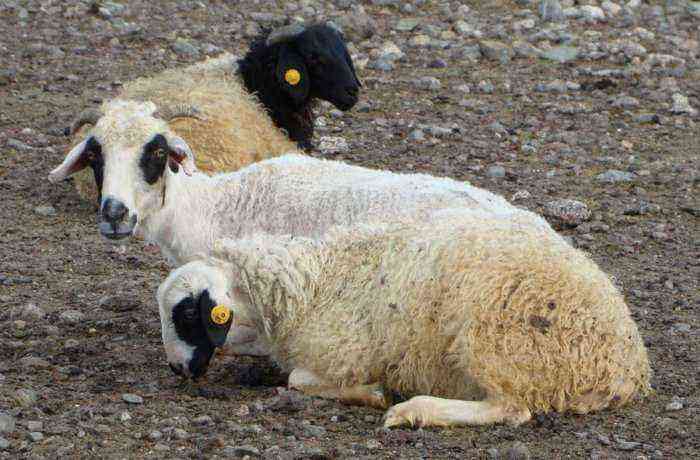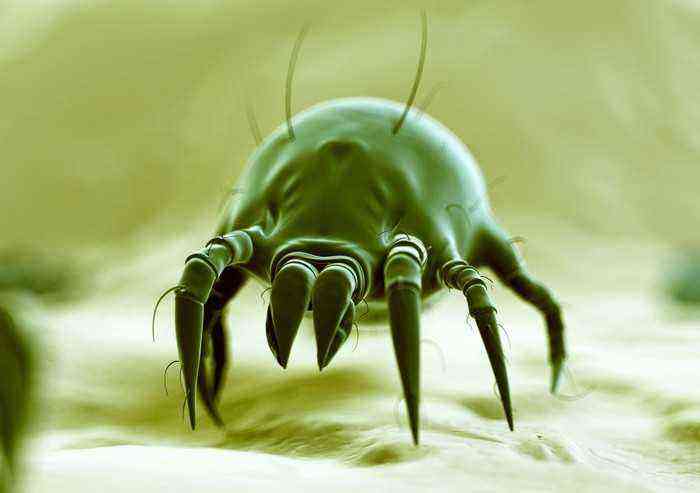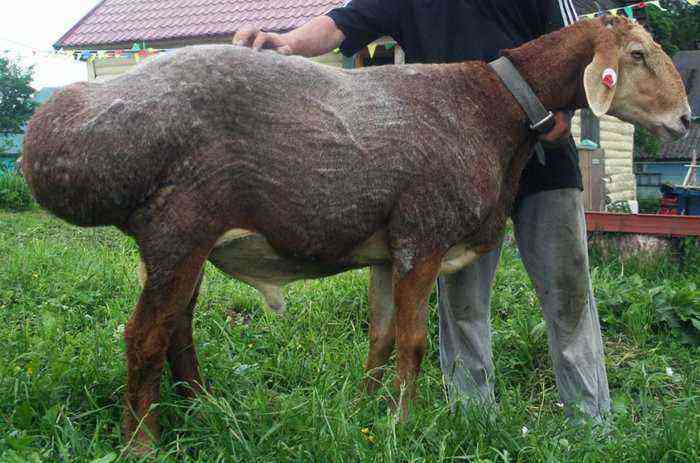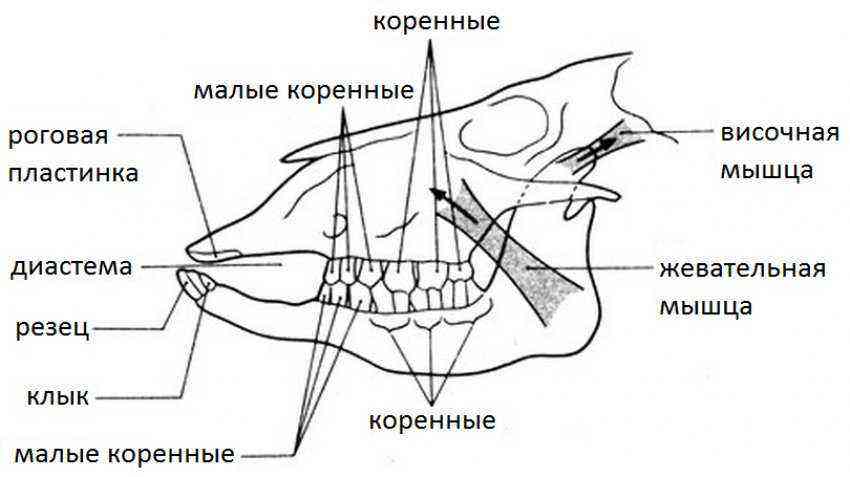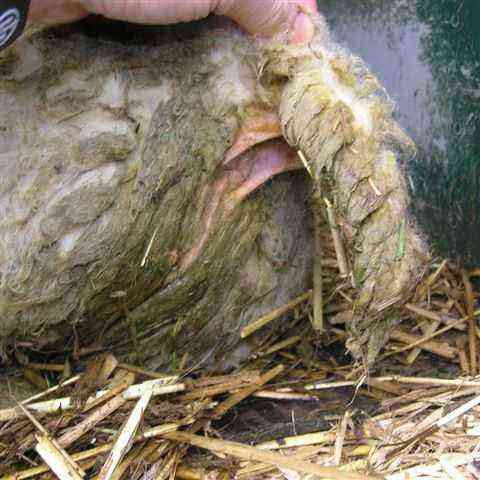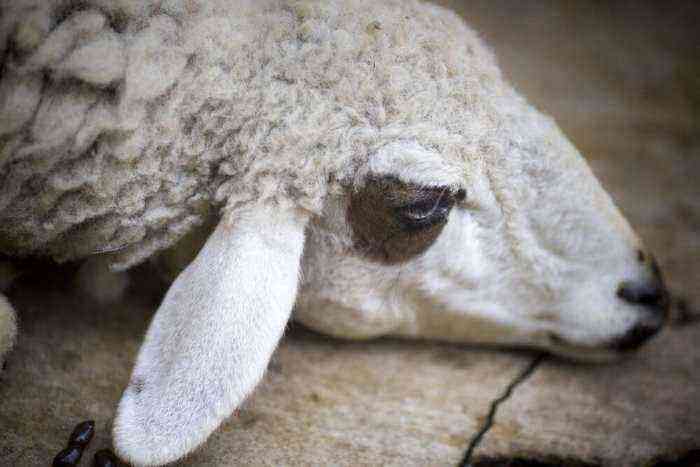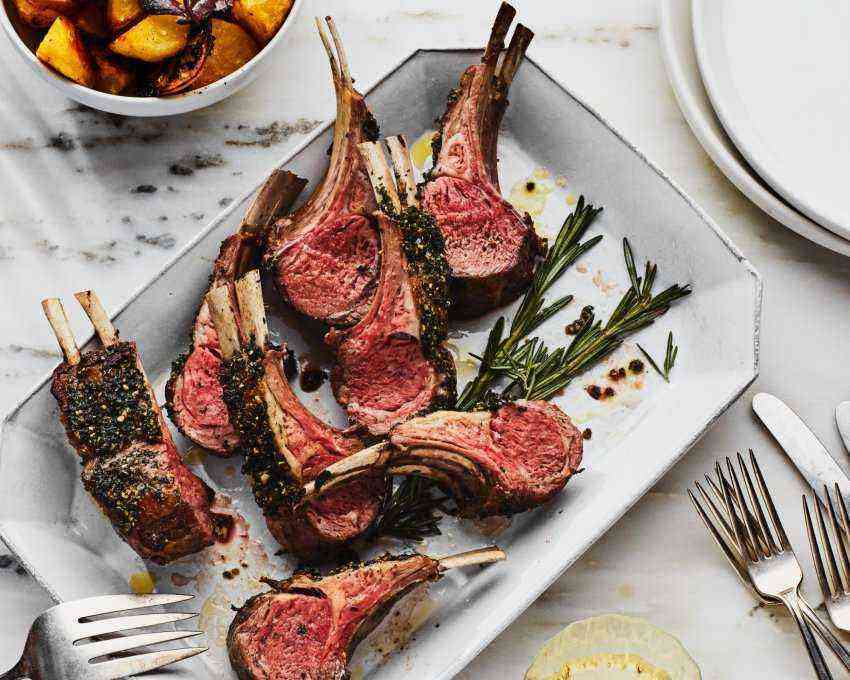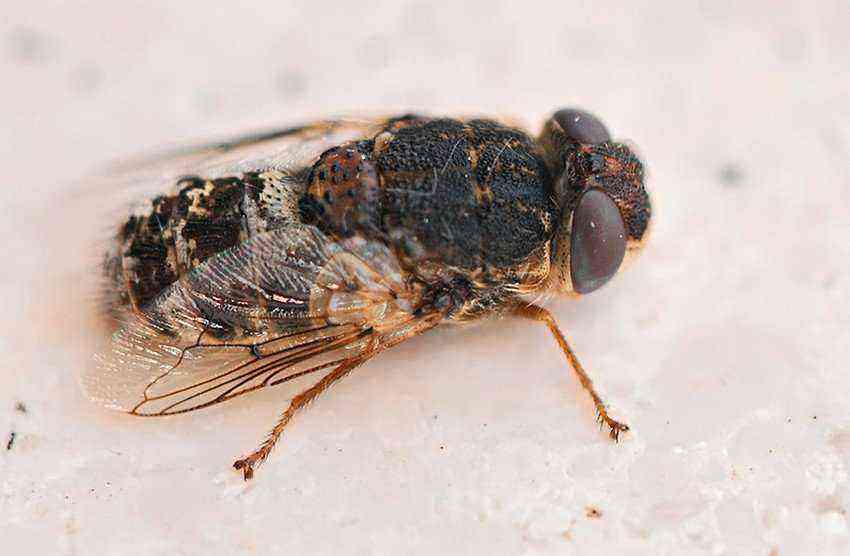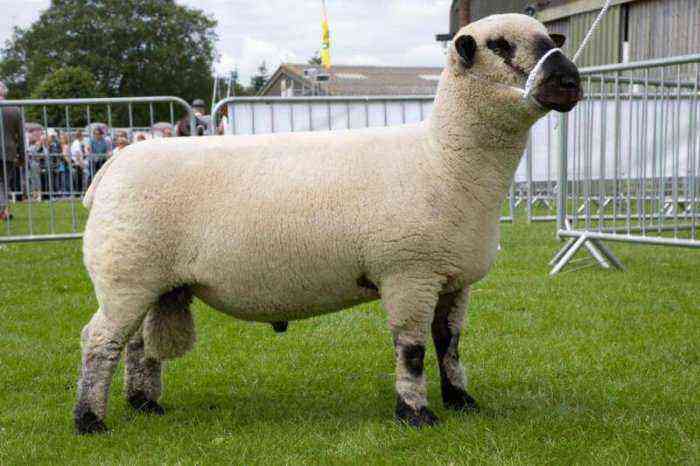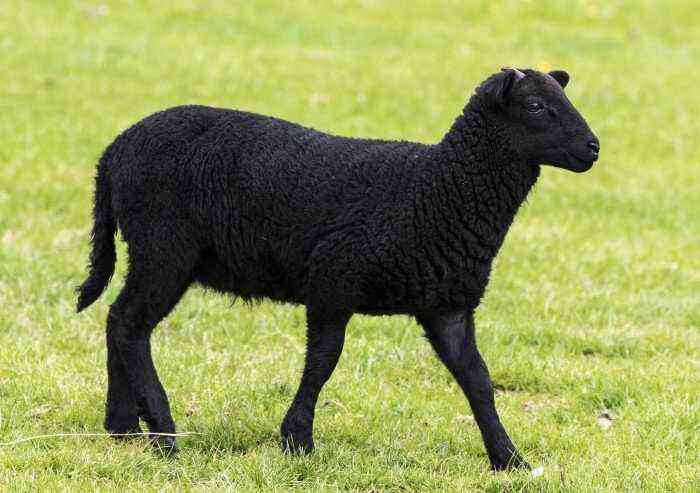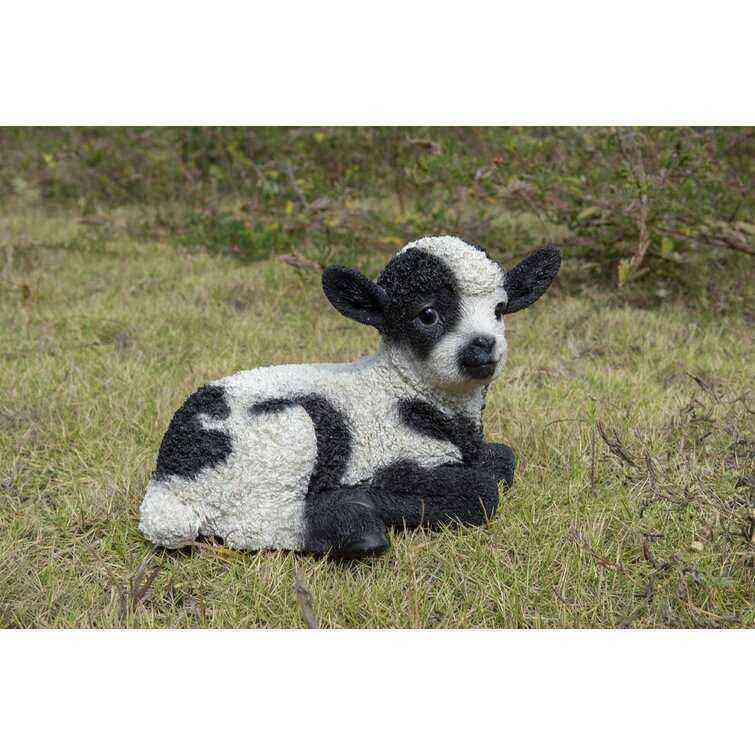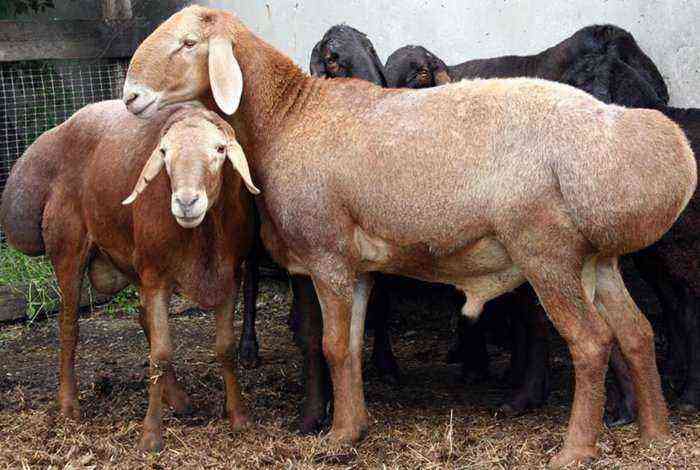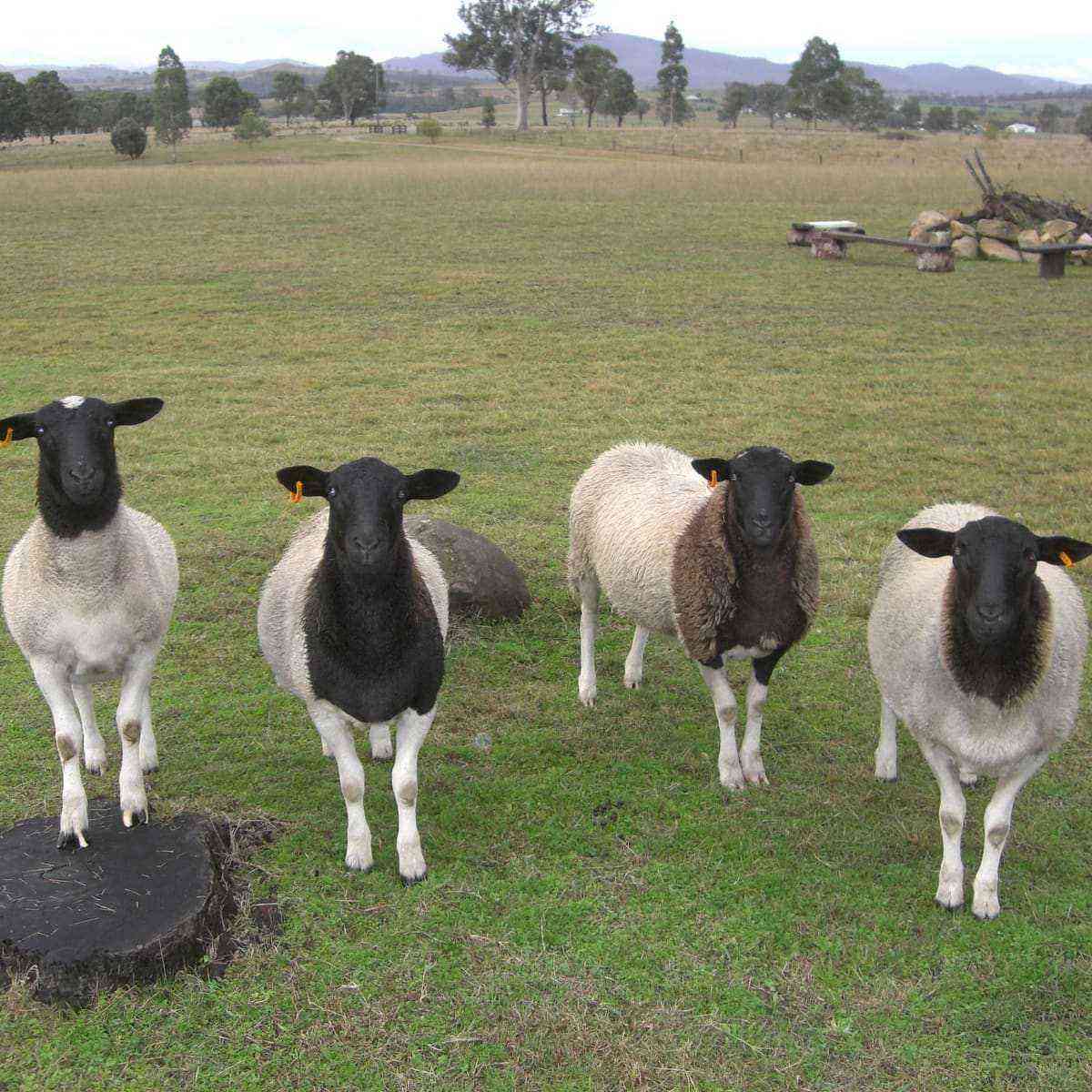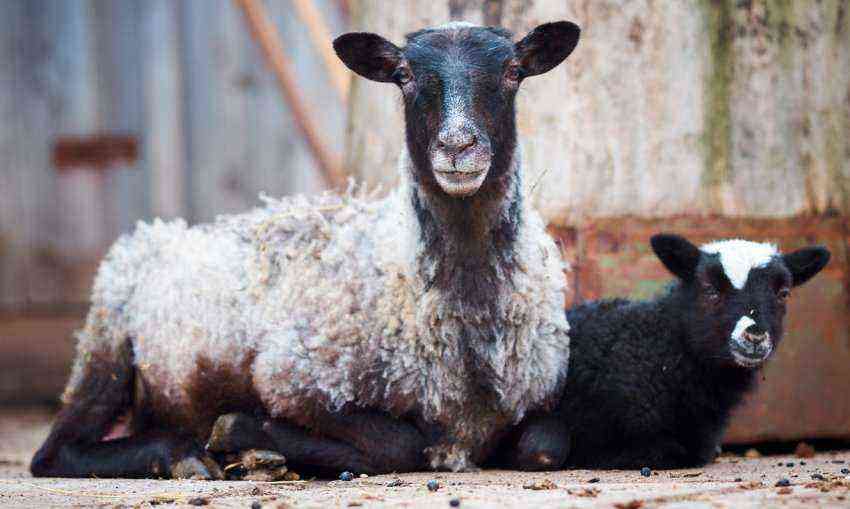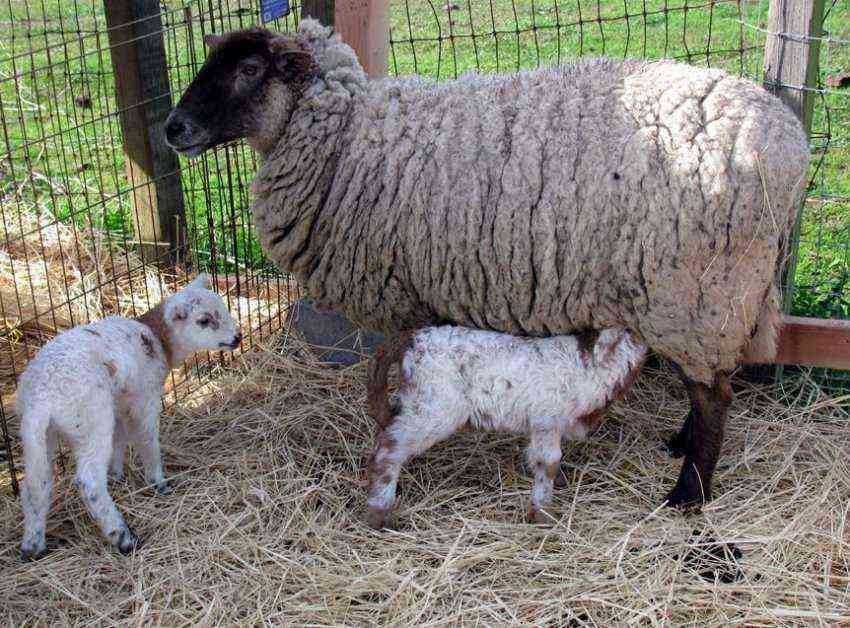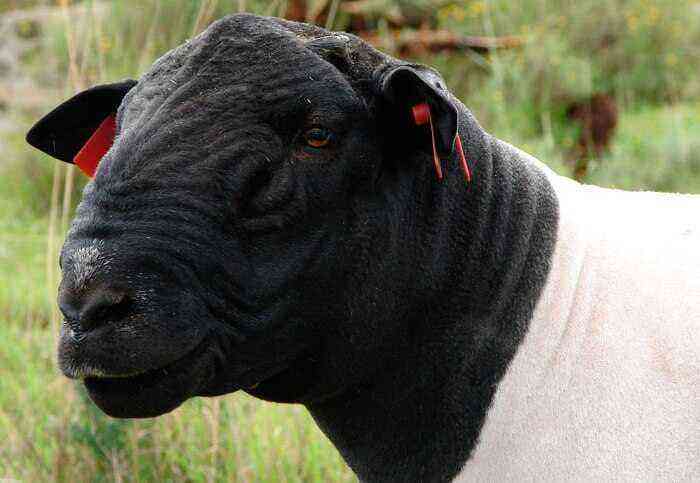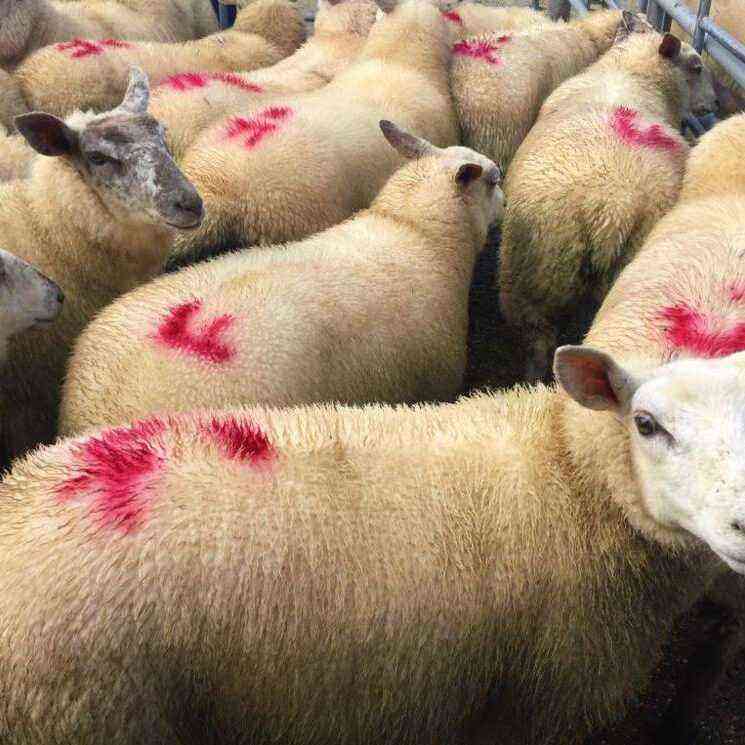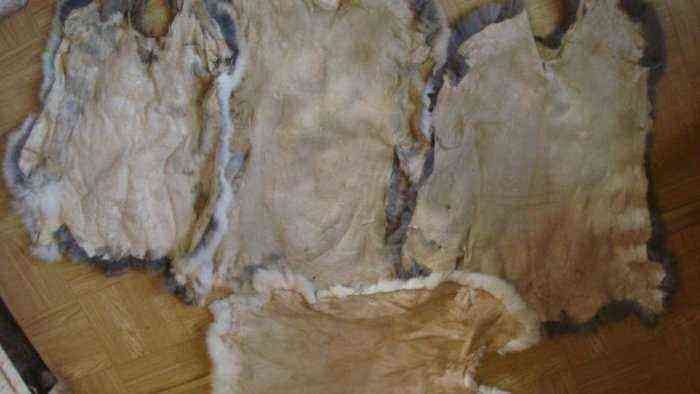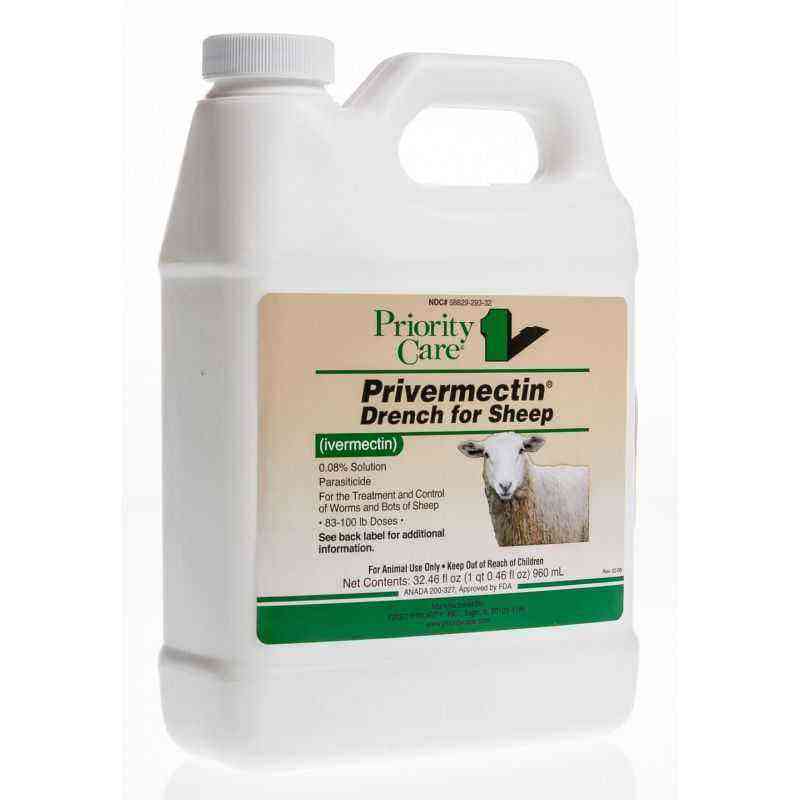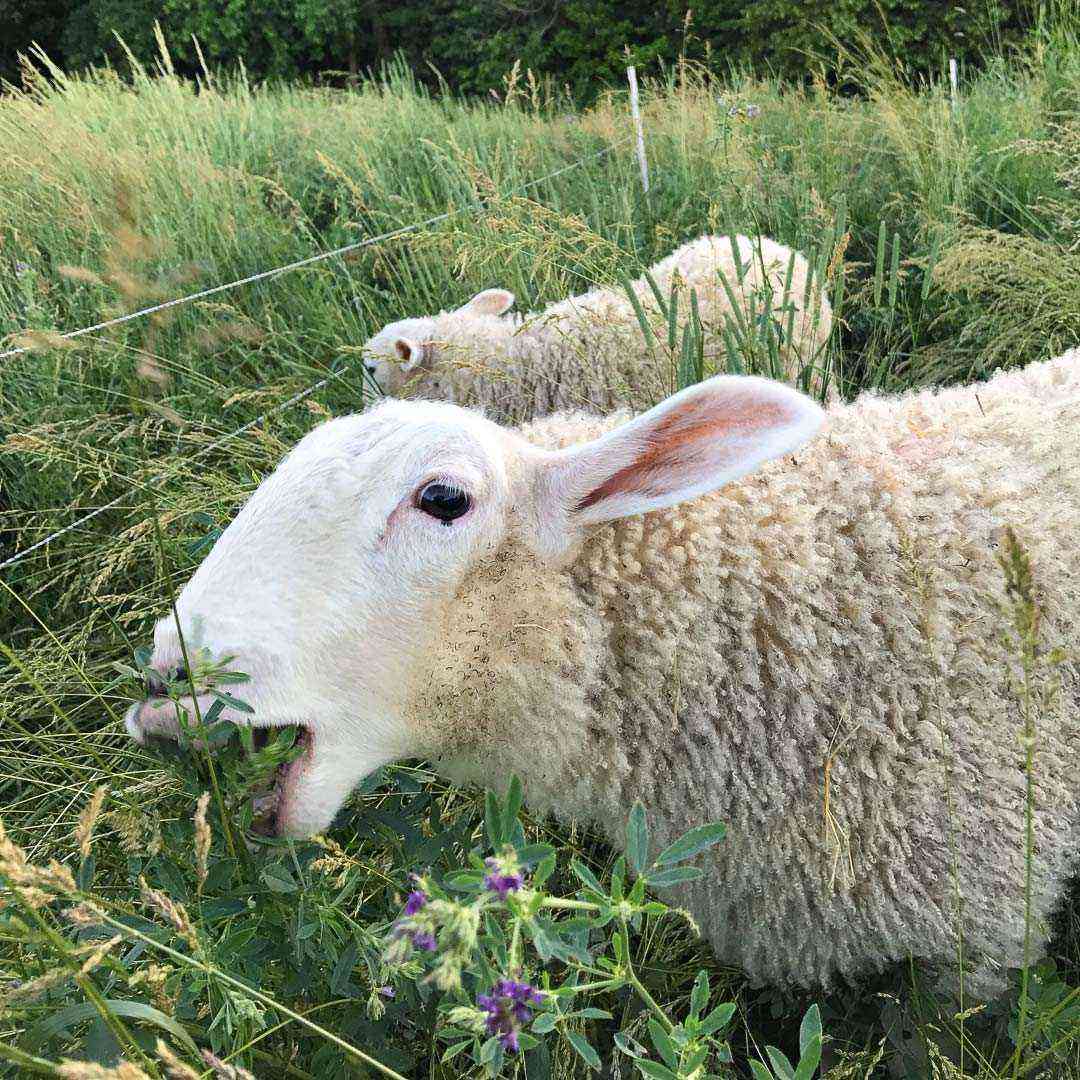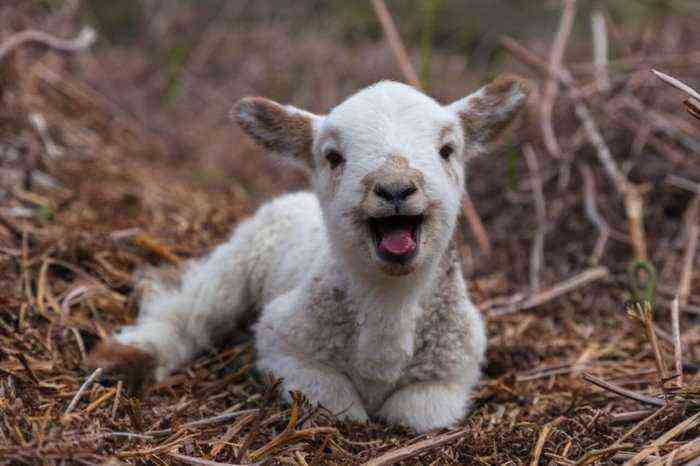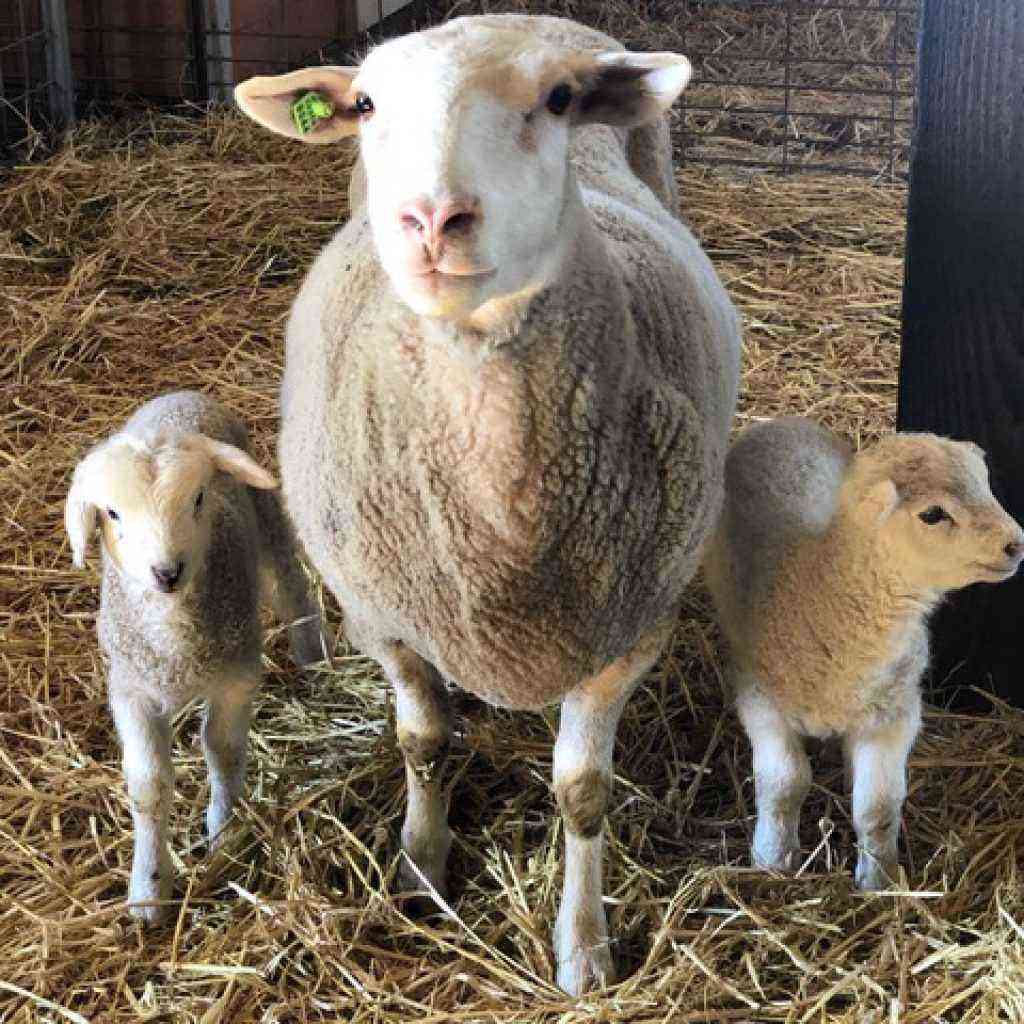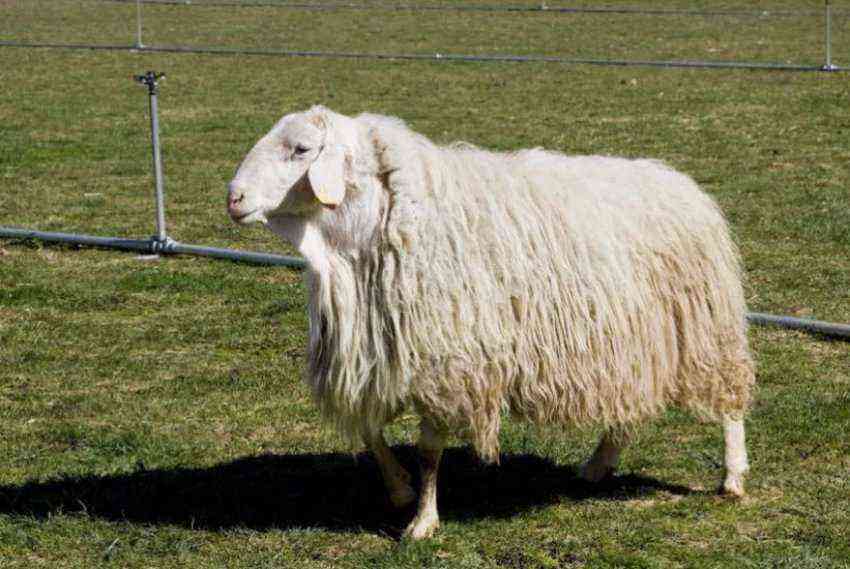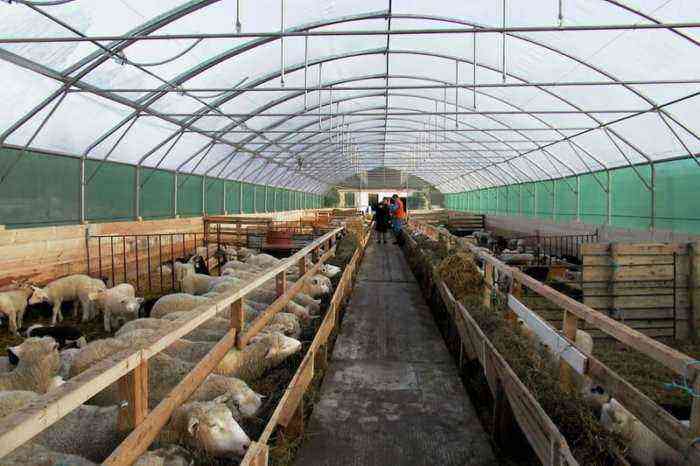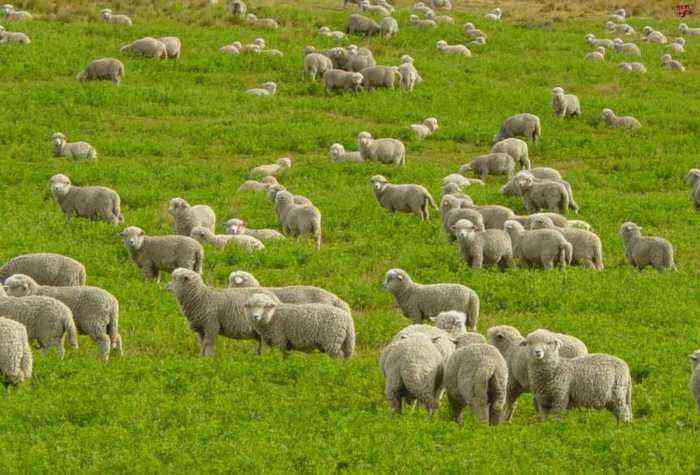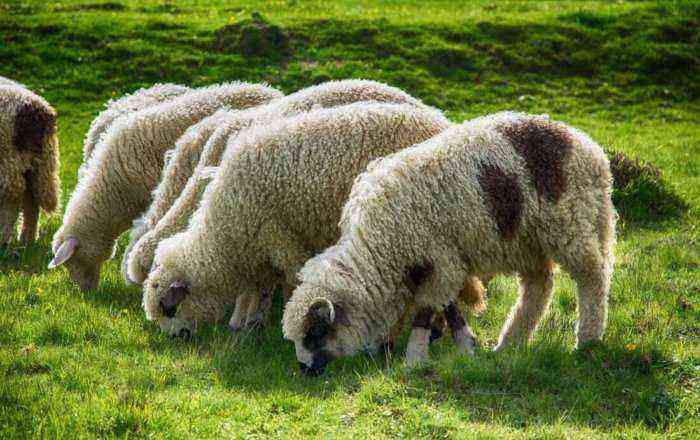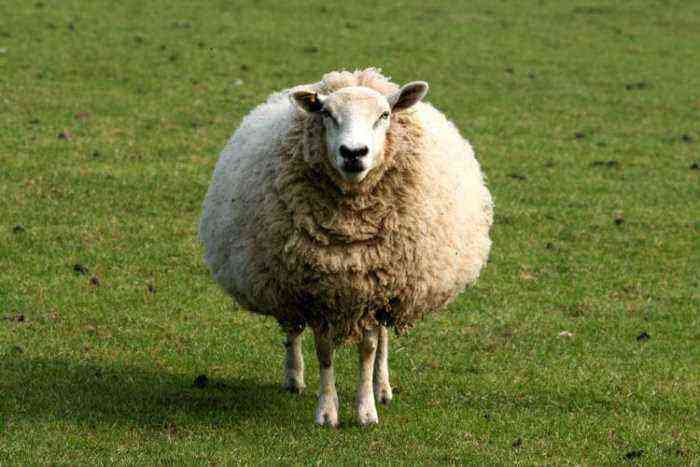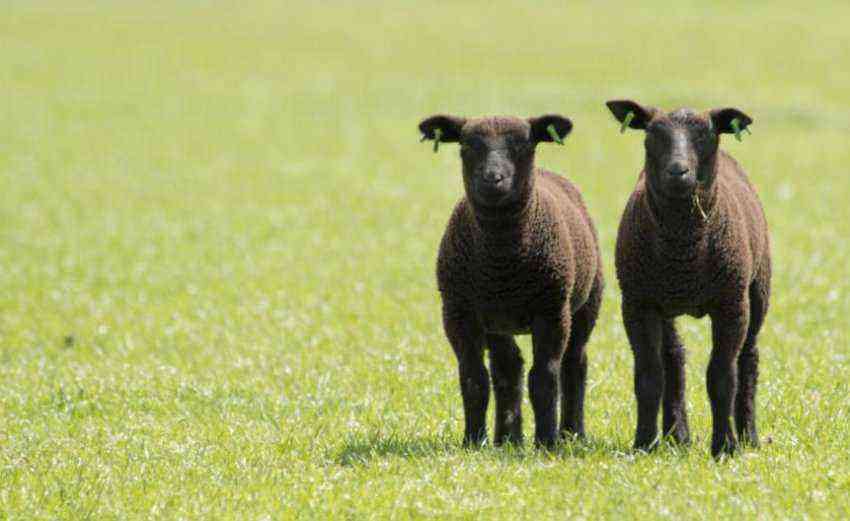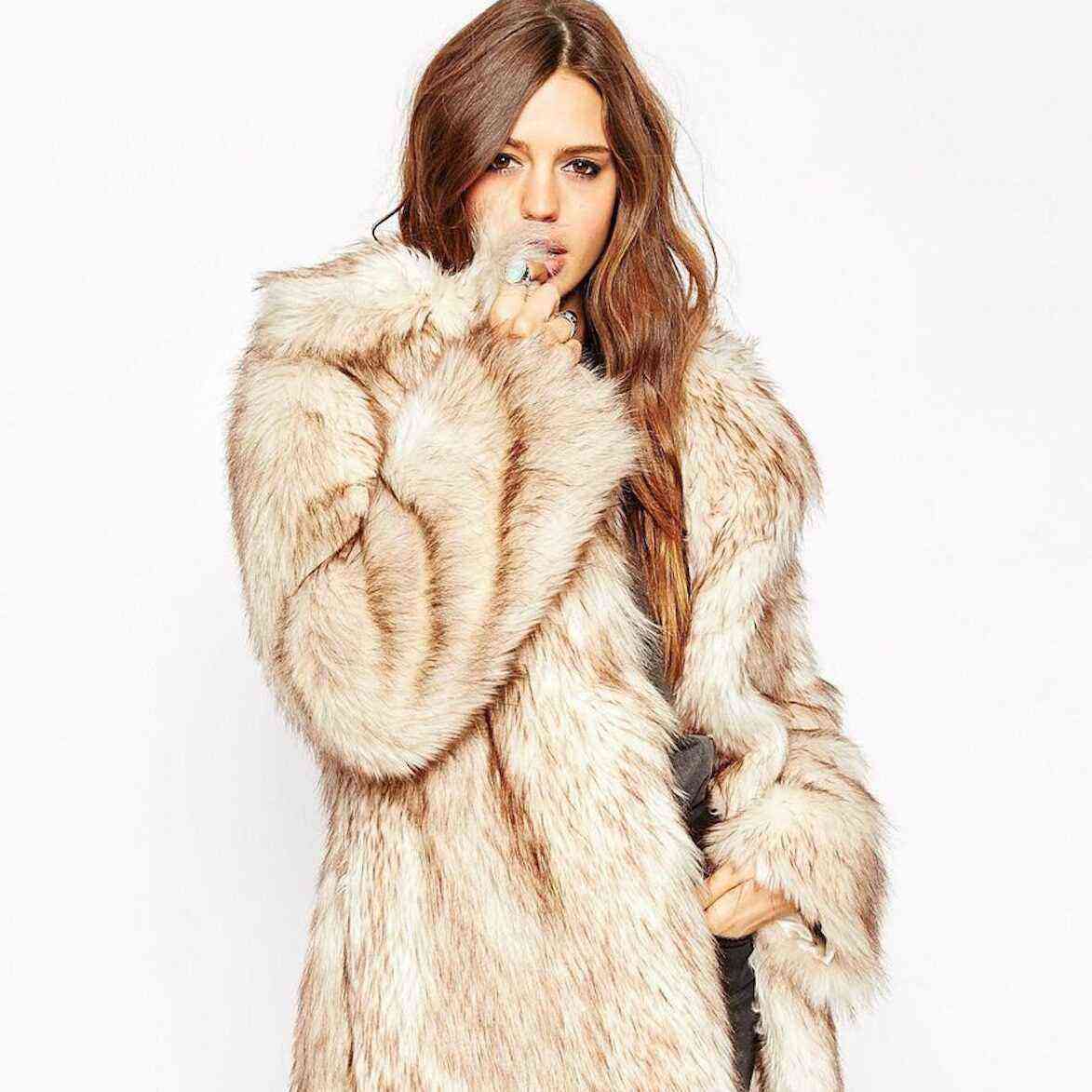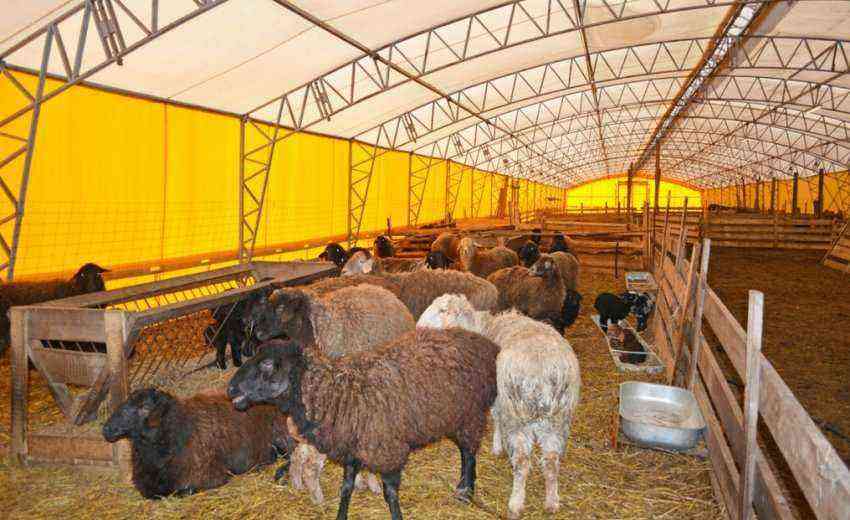The Tuva breed of sheep is very old. It is named so with reference to the area where these sheep are bred, from ancient times to the present day. The Republic of Tuva is the birthplace of these animals. Tuvan sheep are unique in that they have managed to keep purebreds for thousands of years.
Tuva breed of sheep
History of the breed
The ancient tribes that inhabited the territory of Eastern Siberia bred sheep. Perhaps these animals appeared there thanks to the Mongols, who had at their disposal fat-tailed sheep that roamed with them. One way or another, the ancient inhabitants of modern Tuva formed breeding herds, which for many centuries were not crossed with other breed lines.
Sheep breeders bred these animals within the tribe and valued them not for high productivity in meat and wool, but for other qualities:
- endurance;
- the ability to travel long distances;
- adaptability to the local climate and scarce food supply.
Thanks to the efforts of the people, this amazing breed of sheep has survived to this day. She regularly participates in exhibitions of breeding sheep and goats.
Characterization
Tuva fat-tailed sheep belong to the meat-wool direction of productivity. Their wool is coarse, contains a large amount of dead hair, and therefore is not suitable for the production of clothing. It is used to make felt.
Consider the external characteristics of the breed:
- medium-sized animals – the live weight of a ram is 55-68 kg, and the uterus – 43-50 kg;
- the skeleton is strong;
- the body is cylindrical;
- smooth dense neck;
- the head is compact, the profile is hook-nosed;
- auricles drooping;
- the limbs are sinewy of medium length, the hair on them is short;
- the wool is coarse, predominantly white, although black sheep are also found;
- head, neck and muzzle are painted black;
- tail up to 15 cm long, bold.
Tuvan sheep
Tuva sheep easily endure hot summers and frosts in winter. In the highlands where they come from, the climate is harsh. They are undemanding to feed. Satisfied with sparse vegetation, they are able to gain weight and maintain it. Animals easily make long journeys without water. To satisfy the need for water, Tuvan sheep eat snow. They easily climb the mountain slopes and descend from them.
Attention! One of the advantages of the breed is that ewes show good maternal qualities.
The fertility of queens is low – 104-110%. Each mature sheep produces one lamb per year. In rare cases, there are 2 babies in the litter. On the other hand, Tuvan mothers show love and tenderness to their cubs and readily take care of them until the moment of weaning.
Productivity
Despite the compact body, the muscle mass of Tuva sheep is well developed. Animals quickly put on weight and accumulate fat. Due to their high mobility, their meat is soft and juicy.
Attention! The slaughter meat yield of Tuvan sheep is close to 53%.
Wool productivity in representatives of the breed is low. From each adult ram, it is possible to obtain 2-2,4 kg of wool per year. The uterus is smaller, so their average annual cut does not exceed 1,7 kg. After the washing procedure, the wool yield is 67%. This is a good indicator, but the quality of the sheepskin itself is low. Sheep breeders receive the main income from the sale of meat and lard.
Tuvan sheep have managed to keep their blood pure for thousands of years and have survived to this day. Although they are not a standard of productivity in terms of wool and fertility, the inhabitants of the republic value them for the excellent taste of meat and the qualities shown by animals – endurance and unpretentiousness.
